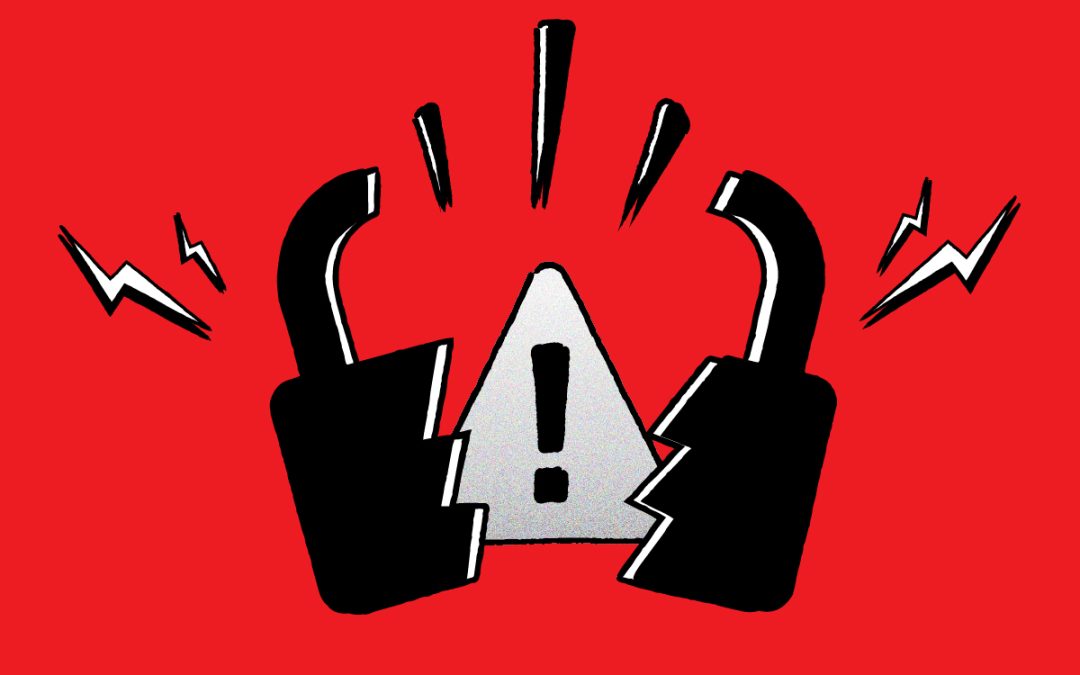Equifax Breach (2017)
Equifax is a consumer credit reporting agency that experienced a massive data breach in 2017. The breach exposed the personal information of approximately 143 million Americans, including their Social Security numbers, birth dates, and addresses. This data breach is considered to be one of the most significant data breaches in history due to the sheer number of individuals affected.
The Equifax breach occurred between mid-May and July 2017, but the company did not discover it until July 29th, 2017. Hackers exploited a vulnerability in the company’s website, which allowed them to gain access to sensitive data, including names, Social Security numbers, birth dates, addresses, and even driver’s license numbers. In addition, credit card numbers for over 209,000 individuals and dispute documents with personally identifying information for over 182,000 people were also exposed.
The Impact of the Equifax breach
The Equifax breach had a profound impact on both individuals and businesses. The personal and financial information of over 143 million Americans was exposed, which means that a vast amount of sensitive data is now in the hands of cybercriminals. This information can be used for identity theft, fraud, and other malicious activities. Additionally, the breach has damaged Equifax’s reputation and resulted in significant financial losses. The company paid a settlement of $575 million to the Federal Trade Commission and other regulators, and its market value decreased by over $4 billion.
Yahoo Breach (2013-2014)
In 2013 and 2014, Yahoo, one of the largest internet companies in the world, suffered two significant cybersecurity breaches that compromised the personal information of millions of its users. The first breach occurred in 2013, and the second in 2014, but Yahoo only publicly disclosed the breaches in 2016.
The first Yahoo cybersecurity breach occurred in 2013 and impacted all three billion Yahoo user accounts. The attackers stole personal information, including email addresses, telephone numbers, birthdates, and hashed passwords. The attackers were also able to access unencrypted security questions and answers, which are used to verify a user’s identity when resetting a password.
The second Yahoo cybersecurity breach occurred in 2014 and affected 500 million user accounts. In this breach, the attackers stole similar personal information, including email addresses, telephone numbers, birthdates, hashed passwords, and encrypted or unencrypted security questions and answers.
Yahoo’s investigation revealed that the attacks were likely conducted by a state-sponsored actor. The attackers used stolen cookie data, which is used to authenticate a user’s identity, to gain access to Yahoo’s internal systems.
Impact of the Yahoo Breach
The Yahoo cybersecurity breaches had a significant impact on both the company and its users. The breaches exposed sensitive personal information of millions of users, leaving them vulnerable to identity theft and financial fraud. The breaches also damaged Yahoo’s reputation and led to a loss of trust from its users.
In addition to the impact on users and the company, the breaches also resulted in financial consequences. Yahoo paid $350 million to Verizon Communications to reduce the price of the company’s sale to Verizon by $350 million, and the Securities and Exchange Commission (SEC) fined Yahoo $35 million for failing to disclose the breaches to investors in a timely manner.
Target Breach (2013)
The Target Cybersecurity Breach of 2013 remains one of the most significant data breaches in modern history. The attack, which occurred during the 2013 holiday shopping season, resulted in the theft of the personal and financial data of millions of Target customers. This data included names, addresses, phone numbers, email addresses, and credit and debit card information.
The Target Cybersecurity Breach in Numbers
The scale of the Target Cybersecurity Breach is staggering. Approximately 40 million credit and debit card records were stolen, along with the personal information of an additional 70 million customers. The attack is believed to have begun on November 27, 2013, and lasted until December 15 of that year. Target has estimated that the breach cost the company $148 million, but the total cost to customers and financial institutions is much higher, with estimates ranging from $200 million to $18 billion.
Impact of the Target Cybersecurity Breach
The impact of the Target Cybersecurity Breach was felt by millions of people in the United States and around the world. The theft of credit and debit card information resulted in fraudulent charges and identity theft for many customers. Financial institutions were forced to replace millions of compromised cards, and the breach caused significant damage to Target’s reputation and stock price.
The Target Cybersecurity Breach was also a wake-up call for companies and consumers alike. The breach demonstrated the vulnerability of even large, established companies to cyberattacks and the need for more robust cybersecurity measures.
Tips to Prevent a Cybersecurity Breach
In the wake of the Target Cybersecurity Breach, many companies have taken steps to strengthen their cybersecurity measures. Here are some tips to prevent a cybersecurity breach:
- Ensure that all software, including operating systems and applications, is regularly updated with the latest security patches and updates.
- Implement strong password policies and encourage employees to use unique passwords for each account.
- Require multi-factor authentication for all accounts, which adds an extra layer of security beyond just a password.
- Provide cybersecurity training and education for all employees to help them recognize and avoid potential security threats.
- Encrypt all sensitive data, both in transit and at rest, to protect it from unauthorized access.
- Monitor network traffic and logs for suspicious activity and respond promptly to any potential security incidents.
- Conduct regular security audits to identify and address potential vulnerabilities before they can be exploited by attackers.
- Partner with a cybersecurity specialist. A strong partner can help you create and execute a cybersecurity roadmap that will cover item 1-7 plus adapt and evolve a plan to meet your unique business challenges. A proactive approach to protecting your organization should include digital risk protection as well as an incident response partner if and when a critical breach occurs.
Conclusion
Cyberattacks are not going anywhere soon. The people behind these attacks have proven themselves to be resilient, adaptable, and relentless. These cybersecurity breaches are some of the costliest examples of the damage a cyberattack can bring. These three instances truly deserve to be a wake-up call for businesses and consumers alike. It demonstrated the need for strong cybersecurity measures to protect sensitive data and prevent cyberattacks. By implementing the tips outlined above, companies can help prevent cybersecurity breaches and protect themselves and their customers from the devastating impact of a data breach.
About IPV Network
Since 2016, IPV Network has been a trusted partner of leading enterprises in the Philippines. It brings the best-of-breed cybersecurity solutions. IPV network helps businesses identify, protect, detect, respond, and recover from cyber threats. Email us at [email protected] or call (02) 8564 0626 to get your FREE cybersecurity posture assessment!
Sources:
https://www.firmex.com/resources/blog/the-10-most-expensive-data-breaches-in-corporate-history/
https://www.csoonline.com/article/3444488/equifax-data-breach-faq-what-happened-who-was-affected-what-was-the-impact.html
https://www.theverge.com/2017/10/3/16414306/yahoo-security-data-breach-3-billion-verizon
https://redriver.com/security/target-data-breach



